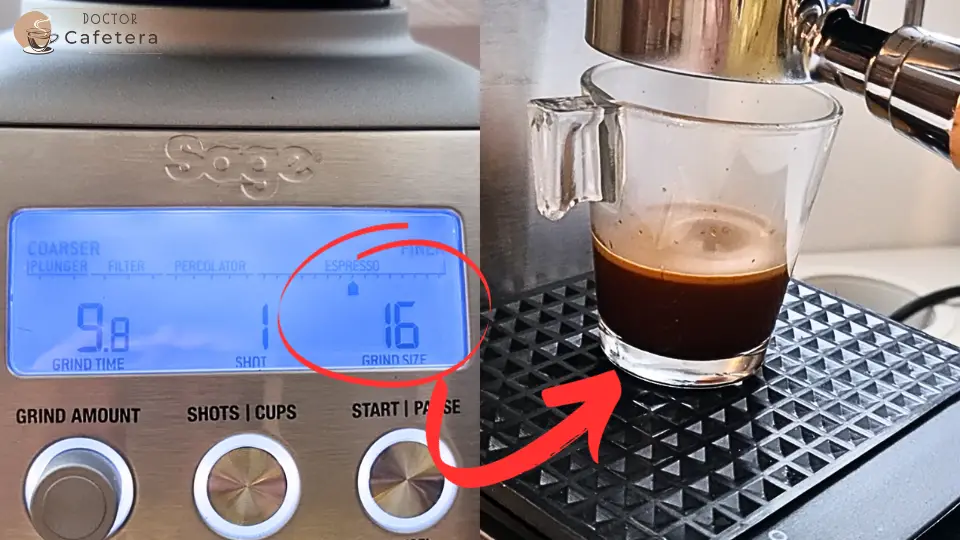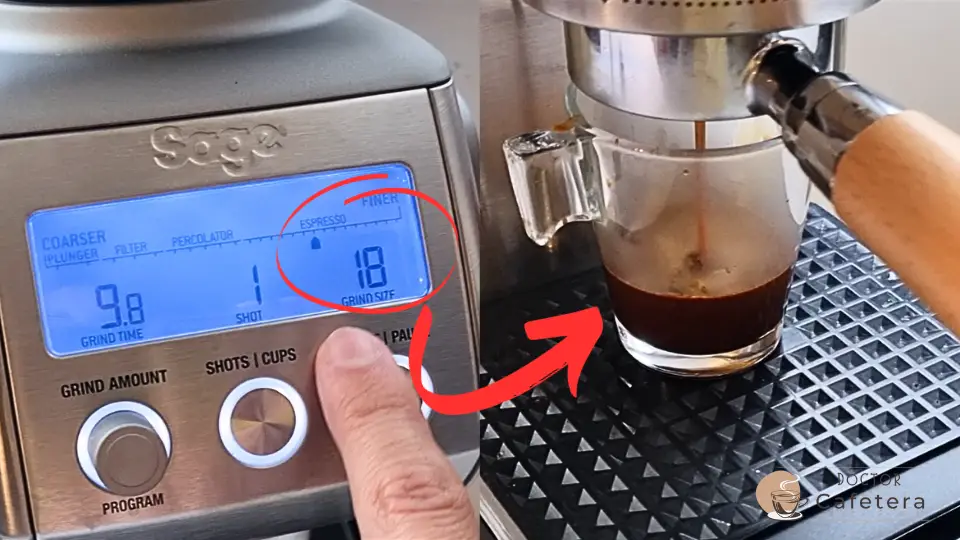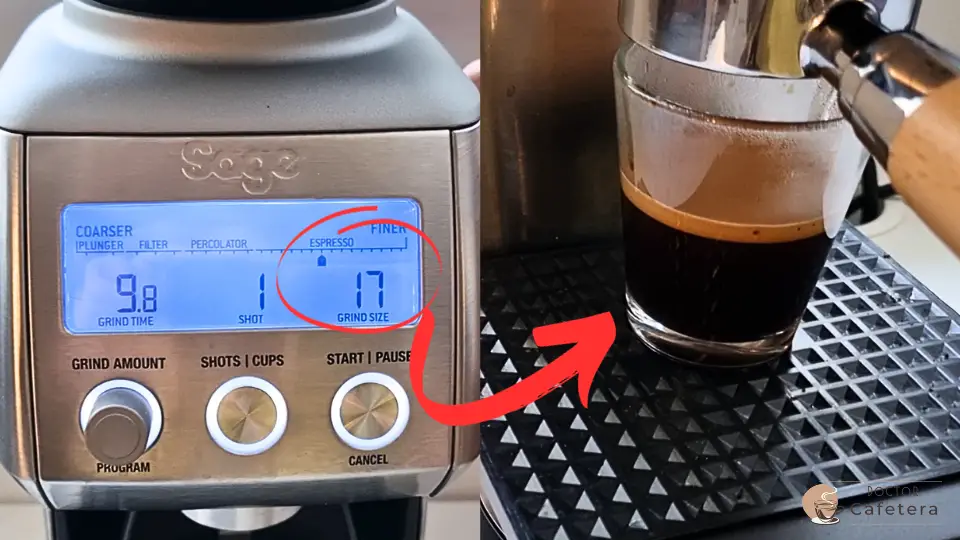Mastering the art of the “perfect espresso” is a challenge that goes far beyond pressing a button on the coffee maker. Dozens of factors come into play in the quest for the ideal espresso, from choosing a coffee machine capable of providing the right pressure and temperature (approximately 9 bars and 198ºF) to the need for a versatile grinder that allows fine adjustments in grinding, with very small increments.
One should not underestimate the role of additional tools, such as coffee distributors and a tamper, which contribute to the uniformity and compaction of coffee in the portafilter. Or the importance of a specific coffee scale, a quality filter, and a bottomless portafilter for those looking to delight in the visual aspects during extraction.
✅ These are the accessories that I use myself and recommend to you:
Ideal ratios for the perfect espresso
Having the necessary tools doesn’t guarantee success in your drink, as precise preparation, guided by an exact recipe, becomes the fundamental pillar. With a ratio ranging from 1:2 to 1:2.5 and an extraction time of 25 to 30 seconds, the coffee flows into the cup, transforming into the perfect espresso.
If you have a Delonghi Dedica, it is recommended to use 18 grams for dark roast coffees and 16 grams for medium roast. This is because darker roasts extract more easily than medium roasts (the larger the basket, the more temperature is lost during extraction).
Note: If you are skilled, even with a medium roast coffee, you could get the best out of it using the 18-gram basket. Do a bit of “temperature surfing” if necessary.
Grab paper and pen to note down the entire process
As important as the tools we use is documenting the espresso preparation process. Grab paper and pen and jot down every step of your drink preparation.
1. Choose a grind so fine that barely any coffee comes out
In my case, I selected a setting of 13 on my Sage The Smart Grinder Pro. From experience, I know this grind setting is too fine for extracting coffee with a Delonghi Dedica, but I needed to start with the finest grind possible.
Could not taste it.
2. Increase the grind to 3 points to extract some coffee
Next, I increased the grind size to 16 to extract some coffee. I had previously set the grind reference to 13, which yielded no results. Ideally, you want to raise it by 2 to 3 points so you can go back if the coffee comes out too quickly.
As you can see in the image above, with a grind size 16, I almost reached the desired amount of coffee extraction. However, the flow was still too slow, and I didn’t dare taste it.
Could not taste it.
3. Increase the grind by another 3 points to get closer to the goal
In my case, I decided to raise it by another 3 points to ensure that the grind was coarse enough. At this point, the espresso came out a bit too fast, and upon tasting it, I noticed that it was indeed more bitter than acceptable.
At this point, the most challenging part has already been overcome, which involves identifying the range of values on the grinder where the perfect espresso is achieved. The range was between 16 and 19, so I had to test with values 18 and 17 to determine which provided the best results.
- Amount of ground coffee: 18g.
- Amount of extracted coffee: 46g.
- Extraction time: 26 sec.
- Flavor: Slightly bitter.
4. Decrease the grind by 1 point and taste the coffee
Subsequently, I adjusted the grind to the value of 18 to evaluate if this already represented the perfect espresso I sought.
The flavor obtained at this point is already balanced, although it still lacks a certain fullness due to the prolonged coffee extraction over those 27 seconds. Therefore, the grind should be adjusted to a slightly finer level.
- Amount of ground coffee: 18g.
- Amount of extracted coffee: 45g.
- Extraction time: 27 sec.
- Flavor: Much more balanced, but lacking in body.
5. Decrease the grind by 1 point and achieve the perfect espresso
Subsequently, I adjusted the grind to the value of 17 to keep the time around 26-27 seconds and extract less coffee. This change aims to increase the espresso’s body without losing the balance already achieved.
At this point, the perfect espresso is achieved by reducing the amount of extracted coffee, increasing body through a finer grind, extracting the coffee more effectively in a shorter time, and without increasing acidity, which tends to happen when reducing the amount of extracted coffee.
- Amount of ground coffee: 18g.
- Amount of extracted coffee: 40g.
- Extraction time: 27 sec.
- Flavor: Super balanced with a consistent body.
Conclusion
Preparing a minimum of 4 or 5 coffees will be necessary to achieve the perfect espresso until the right balance is found between grind, amount of extracted coffee, and preparation time.
I recommend starting with a fairly fine grind, only to allow a few drops of the drink. This will provide you with a lower limit; you only need to explore the upper limit from here.
With lower and upper grind limits established, you must adjust the intermediate points until you achieve the perfect espresso. This step won’t be as challenging as identifying the limits mentioned earlier.




